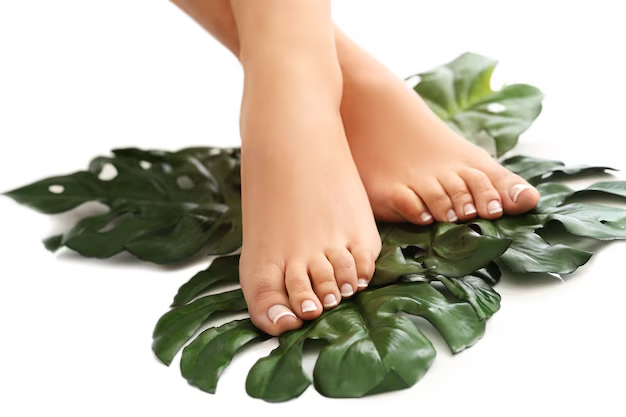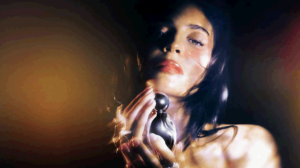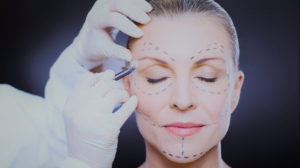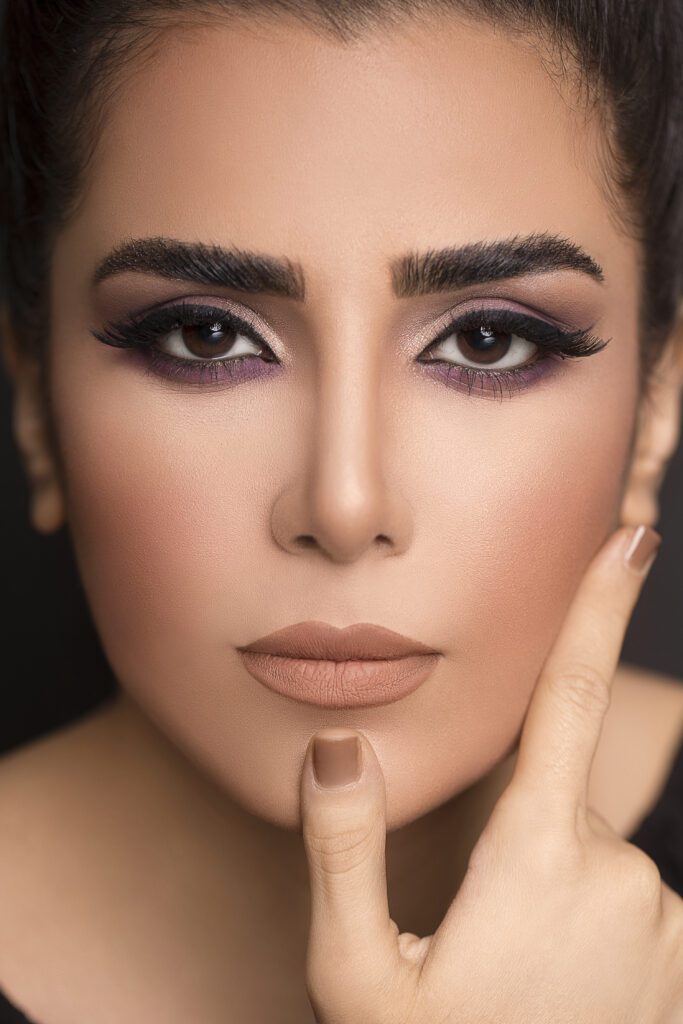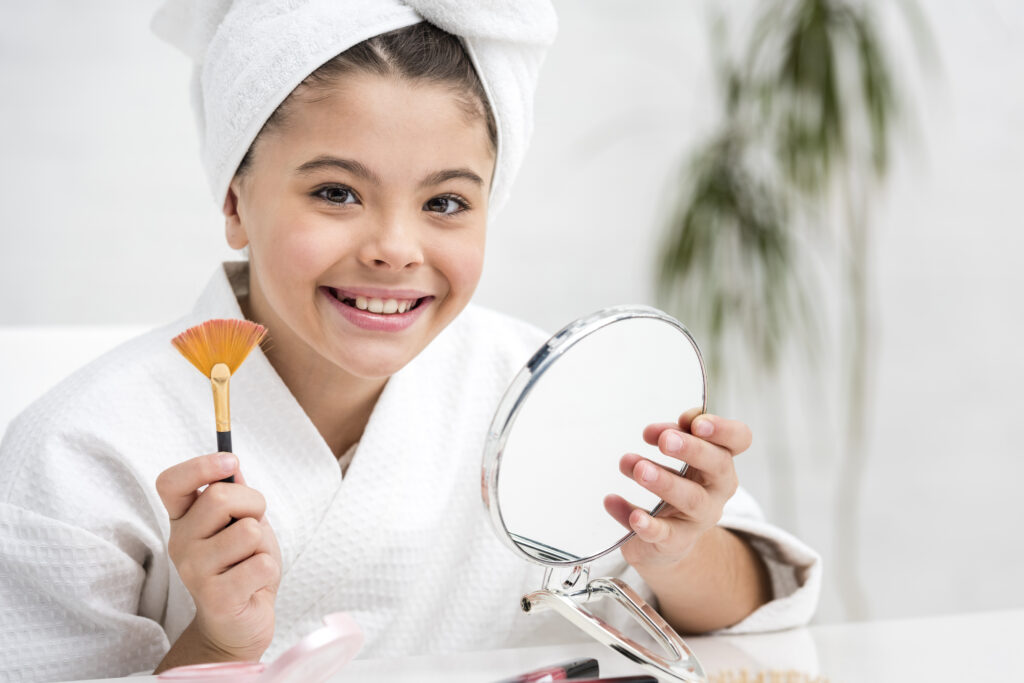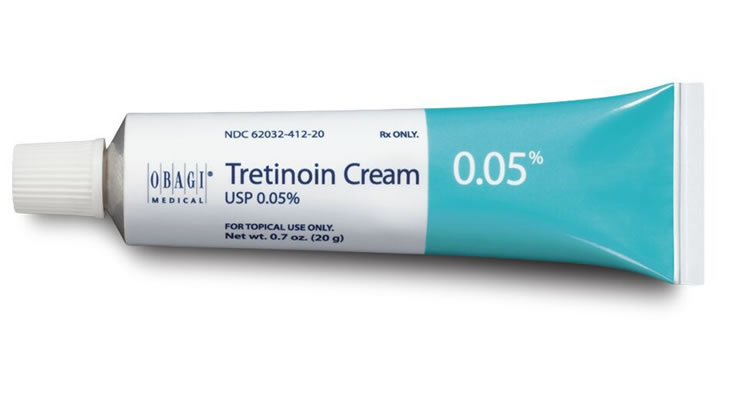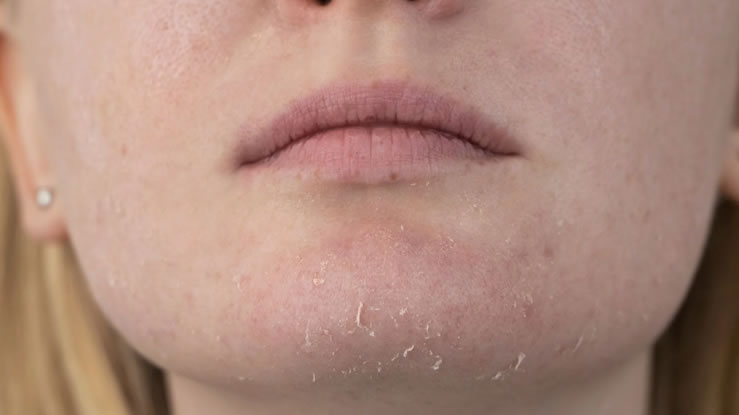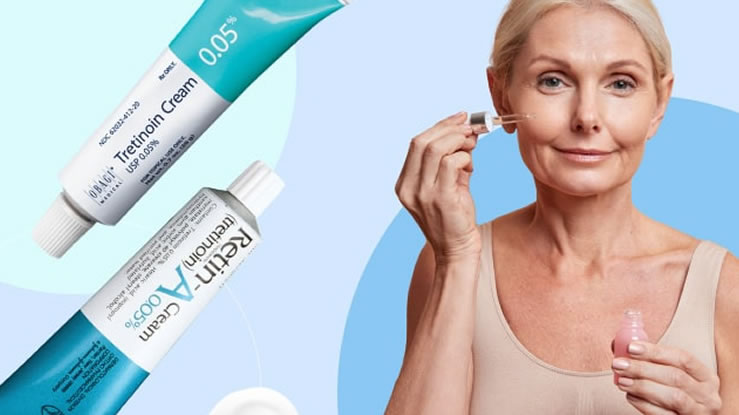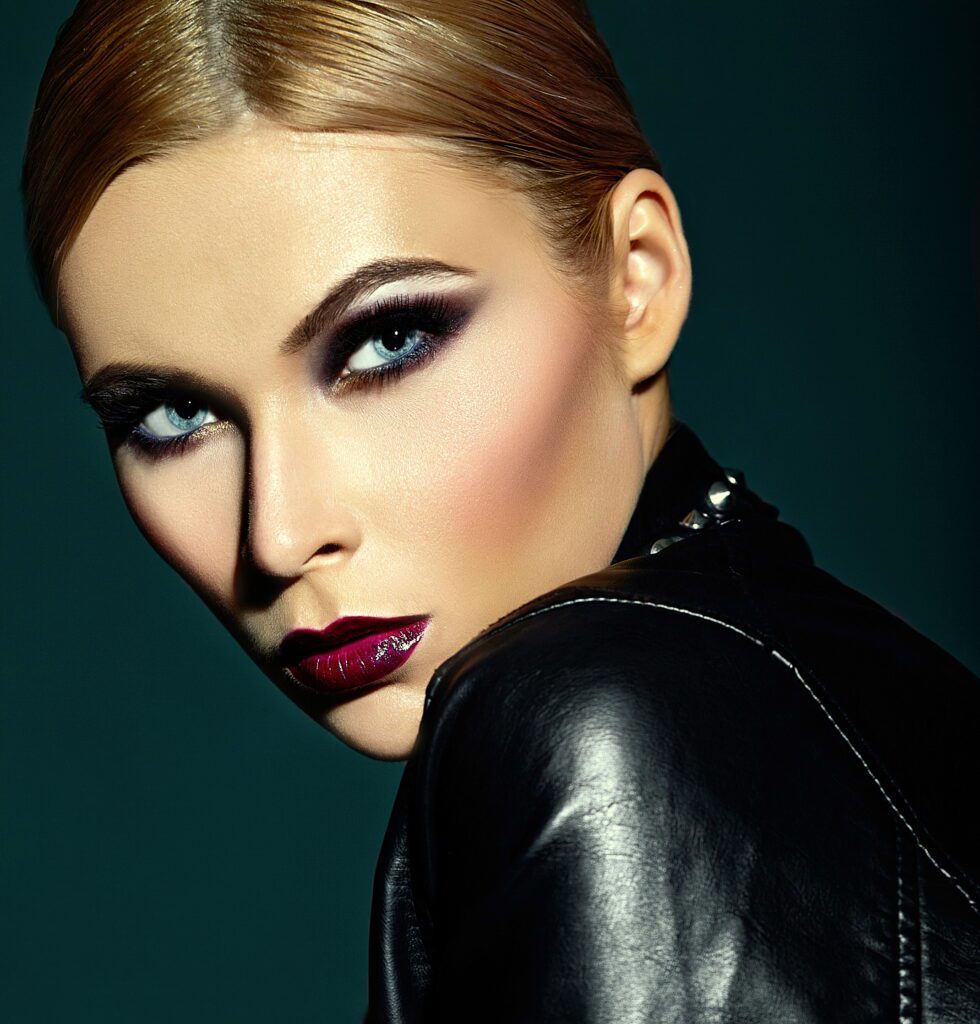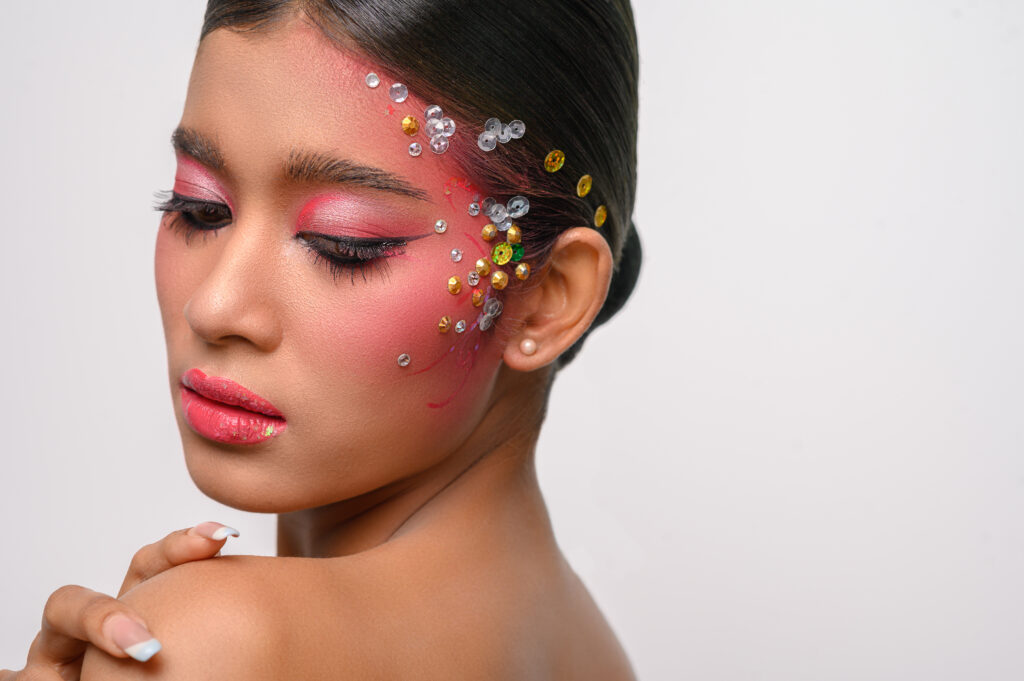Hair tinsel, those delicate, shimmering threads woven into your locks, has become a go-to style for everything from festivals and birthdays to everyday glam. Its sparkly presence is undeniably fun, whimsical, and totally TikTok-worthy. But for anyone thinking about giving their hair a glittery upgrade, one question naturally comes up: Does hair tinsel damage your hair?
The short answer? No, not if it’s done right.
The longer answer involves knowing how tinsel is applied, how it interacts with your hair type, and how to care for it once it’s in. Let’s dive into the facts behind the sparkle.
What Is Hair Tinsel?
Hair tinsel is made of ultra-fine synthetic or silk-like strands, often metallic, that are added to the hair to create a shimmering effect. It’s available in a wide range of colors from subtle champagne gold to bold neon rainbow and can be installed temporarily or semi-permanently using different methods.
Whether it’s for a one-day event or several weeks of shimmer, tinsel is all about self-expression. But just how safe is it for your strands?
So, Does Hair Tinsel Damage Your Hair?
Here’s the reassuring news: When applied and maintained correctly, hair tinsel should not damage your natural hair.
But, like any beauty enhancement from dyeing to heat styling, it’s all about how you use it. There are a few things to consider to ensure you’re not putting your hair at risk.
Let’s Break It Down by Application Method
1. Slip Knot / Tie-In Method
Damage Level: Very low, safe when done correctly
This is the most popular and gentle method. A single strand of tinsel is tied to a single strand of your own hair using a slip knot, typically close to the root.
-
✅ Pros: No glue, heat, or chemicals; easy to remove.
-
⚠️ Watch out for: Pulling the knot too tight or tying it too close to the scalp can cause tension, especially on fine or fragile hair.
Verdict: Safe when gently tied and handled with care.
2. Beaded or Micro-Link Method
Damage Level: Low to moderate, depending on tension
This method uses a small bead to attach multiple strands of tinsel to a small section of hair. It’s more secure and lasts longer, but can cause damage if applied incorrectly or pulled too tightly.
-
✅ Pros: Long-lasting, reusable.
-
⚠️ Watch out for: Tension on the scalp, especially if the bead is clamped too tightly or close to the root.
Verdict: Safe if installed by someone who knows how to balance security with comfort.
3. Heat-Fused or Keratin Bonded Method
Damage Level: Moderate to high risk if not professionally done
This semi-permanent method bonds the tinsel to your hair with heat, often using keratin glue. It offers a long-lasting, sleek finish — but it’s more intense.
-
✅ Pros: Secure, professional finish.
-
⚠️ Watch out for: Heat damage, residue from the glue, or damage during removal.
Verdict: Only safe in the hands of a trained stylist. Not recommended for thin or damaged hair.
4. Clip-In Tinsel
Damage Level: None, completely non-invasive
Tinsel strands are attached to small clips or combs that snap into your hair like extensions.
-
✅ Pros: Easy, instant, reusable.
-
⚠️ Watch out for: Nothing really unless you clip it too tightly or yank it out too quickly.
Verdict: Safe and ideal for first-timers or kids.
Hair Type Matters
The condition and type of your hair can also affect how your strands react to tinsel:
-
Fine or brittle hair may be more prone to breakage if the knots are tied too tightly.
-
Coarse or textured hair often holds tinsel more securely and may even last longer without slipping.
-
Chemically treated or bleached hair needs extra care; opt for the gentlest method (like tie-ins or clips) to avoid additional stress.
Common Causes of Damage (and How to Avoid Them)
While the tinsel itself doesn’t damage your hair, here are the real culprits to avoid:
1. Improper Installation
Tight knots or incorrectly clamped beads can strain the roots and lead to hair fall or breakage.
👉 Tip: Leave a bit of space near the scalp. It shouldn’t feel tight or painful.
2. Rough Removal
Yanking out tinsel without detangling first? That’s a big no-no.
👉 Tip: Gently slide knots out or use a bead opener/remover if using micro-links.
3. Tension and Pulling
Wearing tight ponytails or brushing aggressively can pull on the strands and your real hair.
👉 Tip: Use silk scrunchies and brush with a wide-tooth comb from ends to roots.
4. Overstyling with Heat
Some tinsel strands are not heat-safe and can melt or stick to your hair when heat-styled.
👉 Tip: Always check if your tinsel is heat-resistant. If not, keep heat tools away.
Tips for Keeping Hair Healthy With Tinsel
If you want the sparkle without the stress, here are some top tips:
-
💧 Hydrate: Keep your hair moisturized with leave-in conditioner or hair masks.
-
💆♀️ Scalp Care: Don’t neglect your scalp — gentle massages can help if tinsel feels heavy or tight.
-
✂️ Use Satin or Silk: Sleep on satin pillowcases to reduce friction.
-
🔄 Switch It Up: Don’t tie tinsel to the same hair strand over and over — give that section a break.
When to Avoid Tinsel Altogether
Hair tinsel is usually safe, but it might not be the best idea if:
-
You have recent scalp injuries, irritations, or eczema.
-
You’re experiencing active hair thinning or hair loss.
-
Your hair is freshly bleached and extremely fragile.
In these cases, opt for clip-ins or wait a few weeks until your hair is stronger.
So, does tinsel damage your hair? The answer is: not inherently.
When installed gently and removed properly, hair tinsel is a fun, non-damaging way to switch up your look, express yourself, and channel those glitter goddess vibes.
Whether you’re planning a festival, holiday party, or just want to sparkle on a random Tuesday, hair tinsel can be your no-risk glam companion.
Just remember: be kind to your hair, and your hair will love the sparkle just as much as you do.
Related Articles


